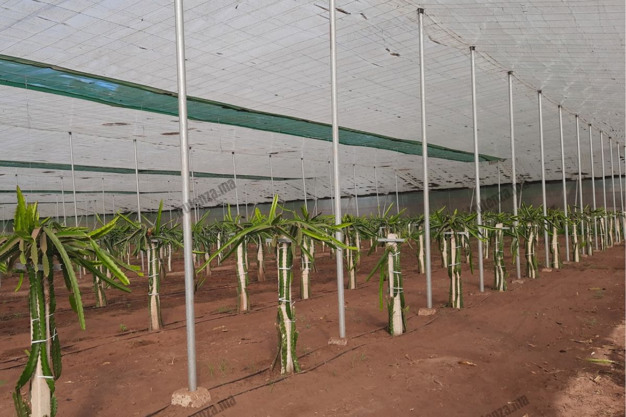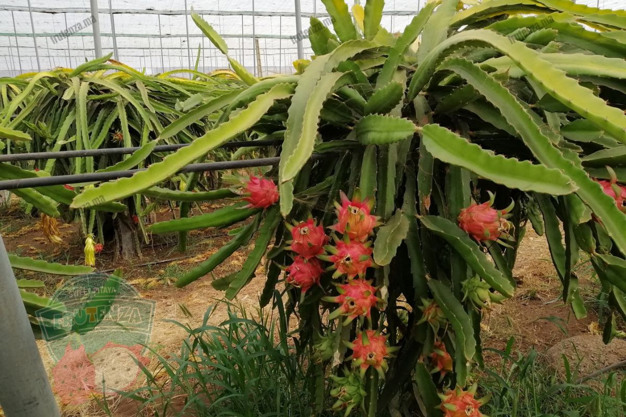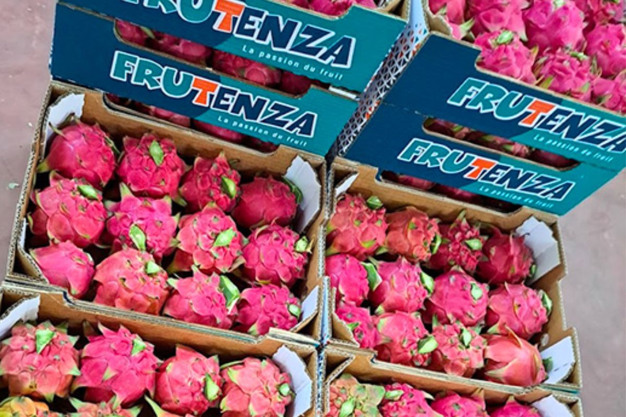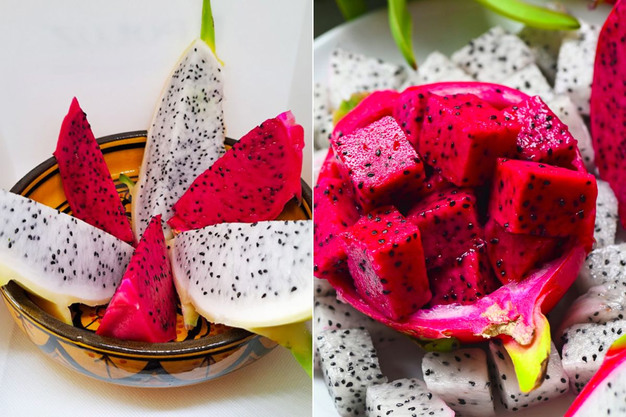The Moroccan exotic fruit industry faces rapidly changing climatic conditions but is supported by strong foreign and local demand. The Moroccan market is divided into three main products: avocados, which are booming on the Kénitra-Larache axis in the north-west of the country, with record volumes this season; pitaya or dragon fruit, mainly grown on the Azemmour-El Jadida axis further south; and mangoes, the great absentee of local production, despite increasing Moroccan demand. Azemmour-based grower Omar Lahlou describes the season.

Lahlou grows four varieties of dragon fruit (or pitaya) with calendars that run from July to February, depending on the variety. According to him, the dragon fruit sector is deeply affected by climatic conditions, but it remains resilient. He explains: "Climatic conditions are not difficult, but different. It's not just temperatures and rainfall that have changed, but the climate as a whole. There's a general disturbance in the whole ecosystem, stressing the plants and we can't recognize our orchards anymore. For example, last week we had temperatures of 35 degrees in the Azemmour region, when we're supposed to have autumn weather, and now temperatures have dropped sharply and suddenly. We can no longer predict anything, which is reflected in average volumes. On the other hand, we don't have any disease-related losses, and there are fewer hygiene concerns in the exotic fruit sector in the region.

According to the grower, losses in terms of yields and volumes reached up to 15-20% this season compared to a normal season, directly attributable to climate disruptions. He adds, "We have, however, obtained better prices which compensate for the losses. Demand is solid both in the local market and for export."
Foreign demand comes entirely from the European Union, Lahlou says. "Exotic Moroccan fruits like pitaya are making a name for themselves, and Moroccan origin is being established slowly and surely. There's a lot of competition with Spain, but indirectly. We benefit from windows in the year when Spanish supply diminishes while Moroccan supply is high, which maintains good prices. I wouldn't go so far as to say that there's complementarity, but the fluctuations are sometimes in Spain's favor, especially in summer, and sometimes in our favor."

On the local market, pitaya is gaining in popularity, according to Lahlou: "It's now normal to find dragon fruit or pitaya on the shelves, whereas just a few years ago it was something new and curious. We benefit from a window of the year, towards the end of August and September, when there's no fruit in the market apart from melons or watermelons, and consumers are turning to exotic fruit, which maintains solid local consumption."
Looking ahead, the path to mango production remains promising, with strong local demand boosting Moroccan imports to 12,000-13,000 thousand tonnes of mangoes in the summer of 2024, while local production is virtually non-existent. Lahlou says: "It will be time to establish a Moroccan mango production. Above all, Moroccan growers lack know-how in the mango sector, as well as vegetal material. We need to start by importing seedlings and conducting varietal development trials. So far, this has been a risky venture, with growers preferring to focus on avocado production. For the rest, the demand is there, the opportunity is there, but it's the nurseries that have to take the first step."

As for avocado growers, they are enjoying a season of buoyant volumes, helped by a marked improvement in weather conditions in the north of the country compared with the previous season. The industry is even a victim of its own success, with abundant production causing prices to fall at the start of the season compared with the same period last year.
For more information:
Omar Lahlou
Frutenza Sweet Pitaya Morocco
Tel: +212 664-716976
Email: [email protected]
www.frutenza.ma
